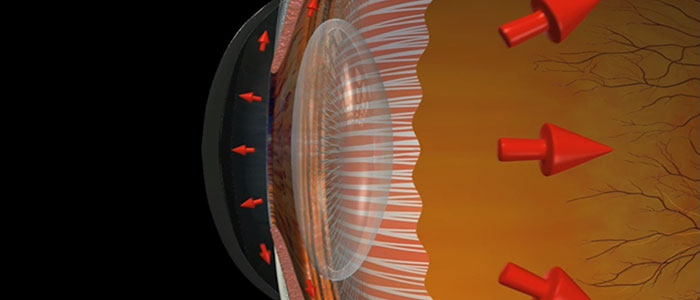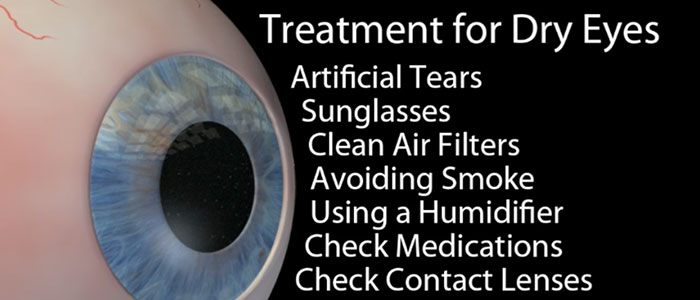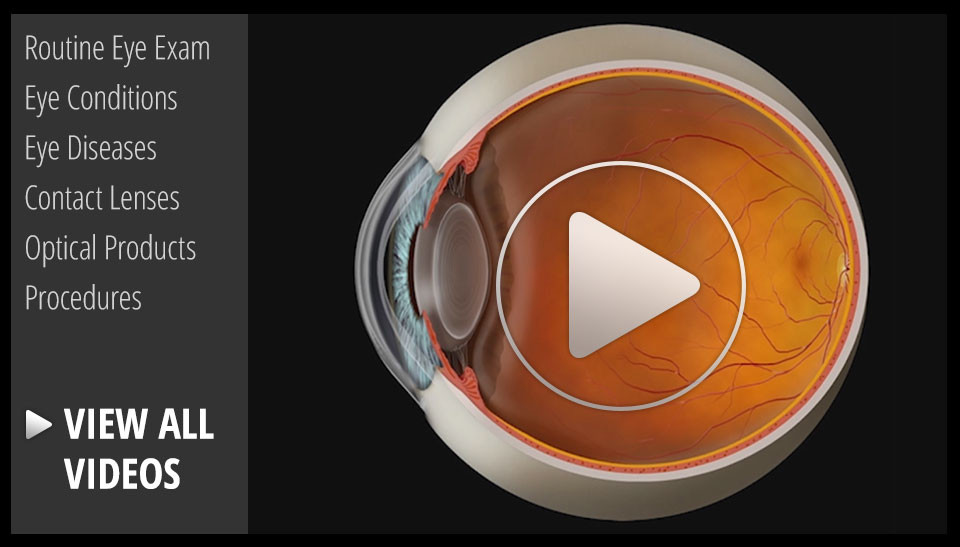Blog

Glaucoma is a disease that affects the optic nerve. The disease causes the nerve cells at the front of the optic nerve to die, which leads to partial or total vision loss. The first two types of glaucoma occur with in an eye that has no structural deformities. They are called Open Angle and Normal Tension Glaucoma.
Open Angle glaucoma, also referred to as chronic glaucoma, normally develops after the age of 35 and is the most common form of glaucoma. It occurs when aqueous fluid builds up and causes the pressure inside your eye to increase. The fluid is not drained properly because of a clog in the trabecular meshwork, a sponge-like, porous tissue which drains fluid from the eye. This happens gradually, with no symptoms. It can lead to partial or total vision loss and can only be detected through routine eye examinations.
The second type of glaucoma affects a small percentage of people and is called Normal Tension glaucoma. It occurs with normal eye pressure and can be...

Dry Eye Syndrome is characterized by itching, burning, gritty, red eyes. There are many causes for Dry Eye and, consequently there are many treatments.
Your tears serve many important functions. They wash out debris, keep your eyes moist and have special enzymes that neutralize microorganisms that colonize your eyes. Tears are made up of three layers, the lipid, aqueous and mucus layers. The lipid layer is the outer oily section, the aqueous layer is the watery middle part, and the mucus layer is the inner section closest to your cornea. The layers are produced by different glands in your eyelid and a problem with any of them can cause dry eye syndrome. If left untreated, dry eye can cause tissue damage and scarring of the cornea, leading to major vision problems.
There are many factors that can cause dry eyes. Age, certain medications, insufficient blinking, chemical composition of tears and environmental factors like sunlight, wind, dust and smoke. Dry Eye is also the...


